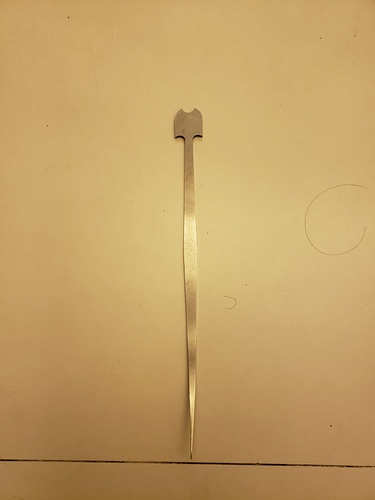Cool! Glad you asked.
I’ll hit all these in order here:
It is… both easy and not easy. If you want to move to the upright and make sound on it, after having played a bass, you will understand how it works. The instruments are tuned the same, same strings, just standing up. Some people transition and just use their ear and electric knowledge to make it work. In that sense, it’s easy.
However.
If you’re interested in playing with a bow, or learning the instrument well enough to play some jazz tunes and take a solo, it will be a steeper climb. Because it’s so much bigger and fretless, it can be a challenge to learn the fingerboard to the point of comfort.
So, I think it really depends on the end goal. If you want to play some bluegrass tunes, it’s pretty easy.
If you want to play some jazz standards, it can be trickier.
The cost is a giant hurdle, and I don’t know how to get around that. I’ve seen decent basses for under $1,000 on Craig’s List off and on, but you have to be willing to look and try.
The size can be challenging, but I’ve seen great players of all shapes and sizes. Annnd… it takes up tons of room in your car/apartment/house. If you have room though, it is a very impressive art/conversation piece to have around.
Fret-less-ness is something that demands time and practice and good ears. All good things for a musician to commit to!
3/4 basses are the standard size bass that people use. There are smaller basses and, if you’re under 6 feet tall, have smaller hands, or want an easier transition from electric, there are 5/8 and 1/2 size basses that are cute little things, and the scale length is closer to electric.
My advice is:
Find an upright that you can play and try out.
If a friend has one, ask to borrow it for a day or a week (if it’s not too precious and fragile and valuable).
If a store has them for rent, maybe rent one for a month?
For any upright bass, before you rent it or buy it or commit to it in any way - CHECK IT OUT WITH AN EXPERIENCED UPRIGHT PLAYER. Being able to play an upright has a lot to do with how the instrument is set up and built.
If you get a shitty bass with a terrible set up, it will be painful and unplayable no matter your skills and efforts.
So - if you are interested in getting into the world, find a helpful upright player to help you check them out.
My main advice/point is this:
Find a way or opportunity to get the instrument in your hands and make sounds on it. If you like the sounds - if they speak to you - make a go of it on the upright.
The number one important factor for getting into an instrument is that you love the sound of the instrument.
So - If you love the sound, find a way to try it out.
Whew!
Hope that’s helpful! Holler with any follow up questions.
I just played a 3 hour jazz gig at an Italian bar last night, and there is nothing like the sound of an upright. It’s worth the effort, if you have the time and space to spare!
 I just guess on it.
I just guess on it.

